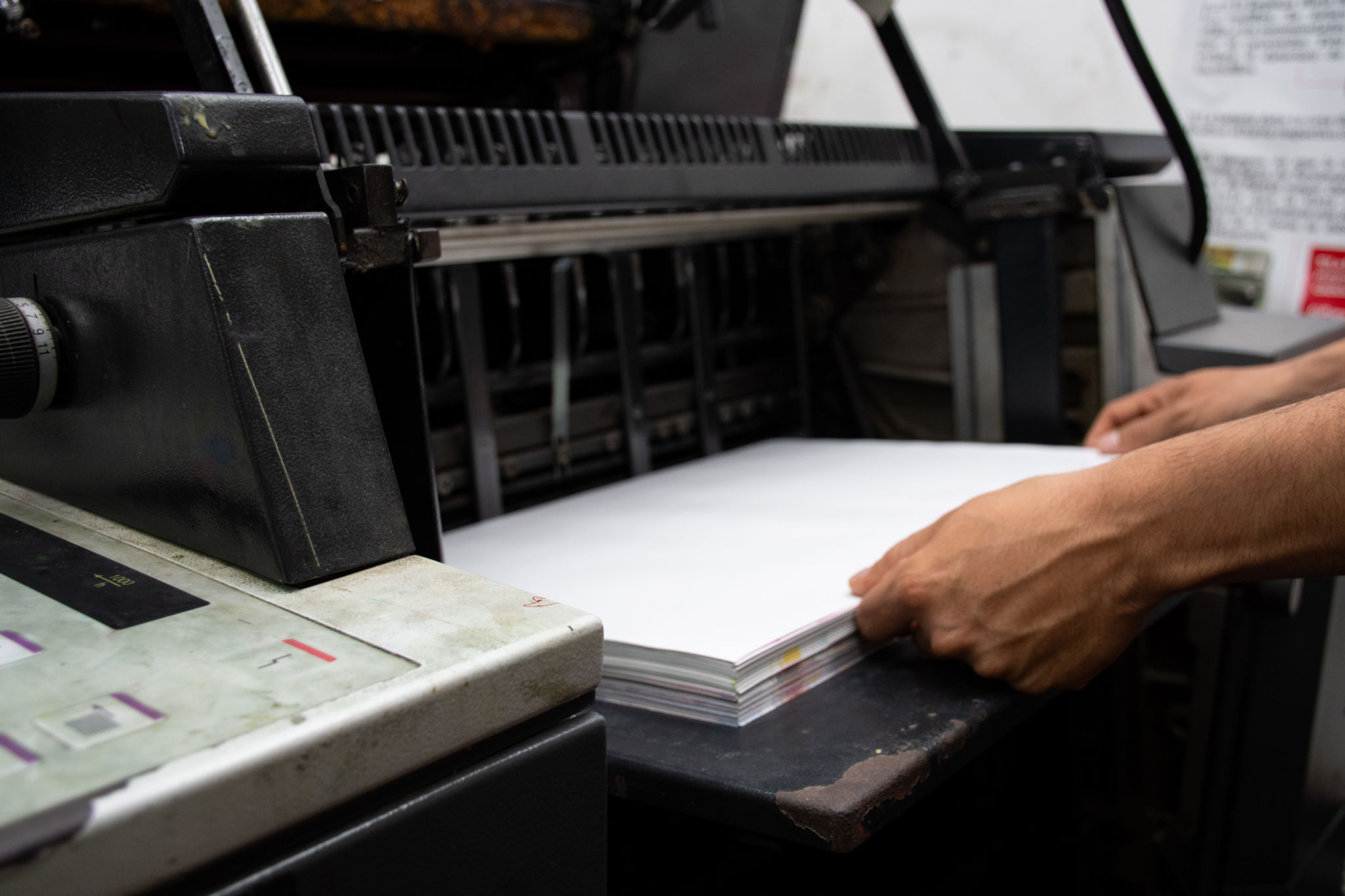Top 5 Printing Trends in New Zealand: What Your Business Needs to Know
Embracing the Future of Printing
In recent years, the printing industry in New Zealand has undergone significant transformations, adapting to technological advancements and evolving customer expectations. As businesses strive to stay competitive, understanding the latest printing trends becomes paramount. Here, we explore the top five printing trends that are reshaping the market landscape.

1. Sustainability in Printing
As environmental concerns continue to rise, sustainability has become a crucial consideration in the printing industry. New Zealand businesses are increasingly opting for eco-friendly printing solutions. These include using recycled paper, soy-based inks, and energy-efficient printing processes. By adopting sustainable practices, companies can not only reduce their carbon footprint but also appeal to environmentally conscious consumers.
Moreover, certifications such as FSC (Forest Stewardship Council) and PEFC (Programme for the Endorsement of Forest Certification) are gaining popularity among businesses aiming to showcase their commitment to sustainability. This trend is expected to grow as more companies recognize the value of green credentials in enhancing brand reputation.
2. Digital Printing Dominance
The shift from traditional offset printing to digital printing is one of the most significant trends in the industry. Digital printing offers unparalleled flexibility, allowing for short print runs and faster turnaround times. This capability is particularly beneficial for businesses that require personalized or on-demand printing solutions.

Furthermore, digital printing technology enables high-quality output with vibrant colors and sharp details. The ability to print on a variety of substrates, including textiles and plastics, opens up new possibilities for creative applications. As a result, many New Zealand businesses are leveraging digital printing to produce customized marketing materials that stand out.
3. Integration of Augmented Reality
Augmented Reality (AR) is revolutionizing the way businesses interact with printed materials. By integrating AR technology, companies can create interactive and engaging experiences for their customers. For instance, scanning a printed brochure with a smartphone can reveal 3D models, videos, or additional product information.
This trend not only enhances customer engagement but also provides valuable insights into consumer behavior through data analytics. As AR technology becomes more accessible and affordable, its application in the printing industry is set to expand, offering innovative ways for businesses to connect with their target audience.

4. Personalization and Customization
In today's competitive market, personalization is key to capturing customer attention. The demand for customized products and marketing materials is on the rise, with businesses seeking ways to tailor their offerings to individual preferences. Variable data printing (VDP) allows for the creation of personalized content at scale, enabling businesses to deliver targeted messages that resonate with their audience.
From personalized direct mail campaigns to custom packaging solutions, the possibilities are endless. By leveraging data-driven insights, companies can create more meaningful interactions with their customers, fostering brand loyalty and driving sales.
5. Rise of 3D Printing
Although still in its nascent stages, 3D printing is gradually making its mark in the New Zealand printing industry. This technology offers unique opportunities for prototyping, product development, and even end-use parts manufacturing. Industries such as healthcare, automotive, and fashion are already exploring the potential of 3D printing to streamline production processes and reduce costs.

As 3D printing technology continues to evolve, it is likely to become more accessible to small and medium-sized businesses. This democratization of 3D printing presents new avenues for innovation and differentiation in an increasingly crowded market.
In conclusion, staying ahead in the ever-evolving world of printing requires businesses to embrace these emerging trends. By adopting sustainable practices, leveraging digital and AR technologies, and focusing on personalization and 3D printing, companies can position themselves for success in the dynamic New Zealand market.
